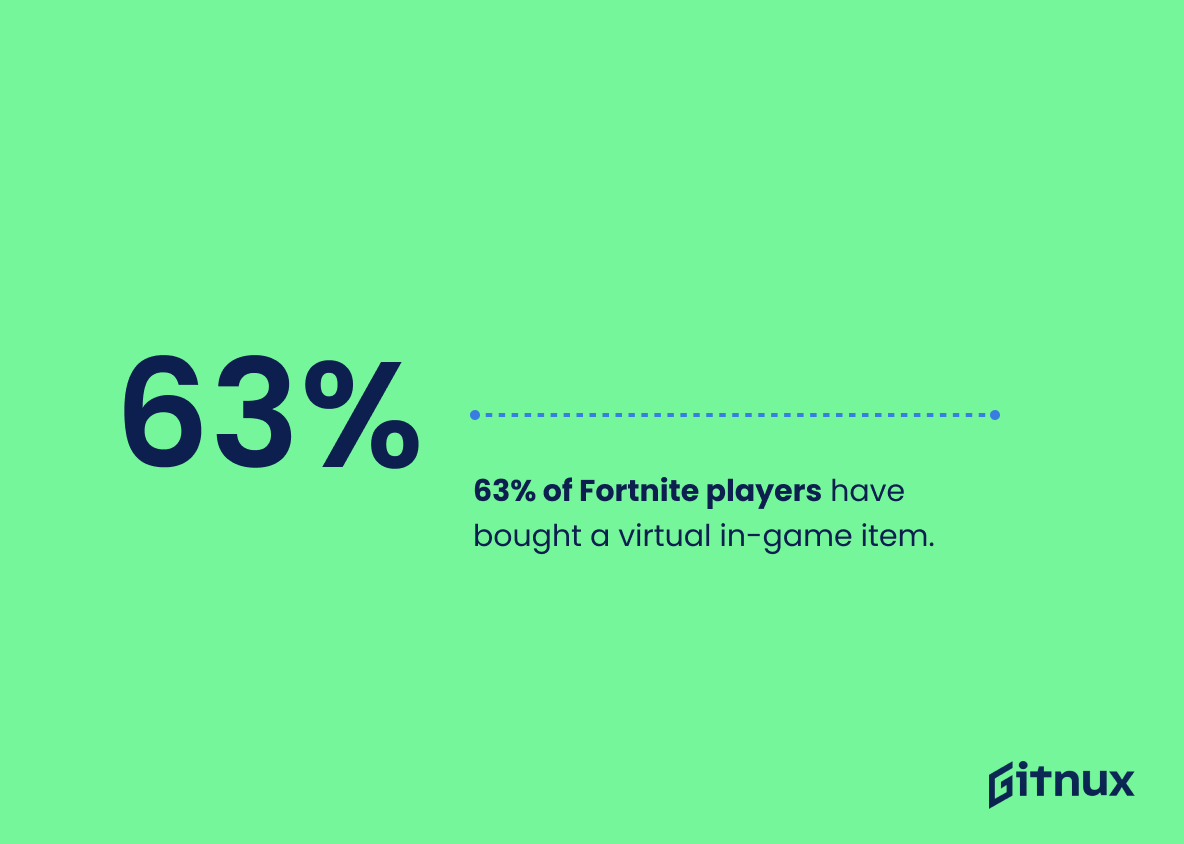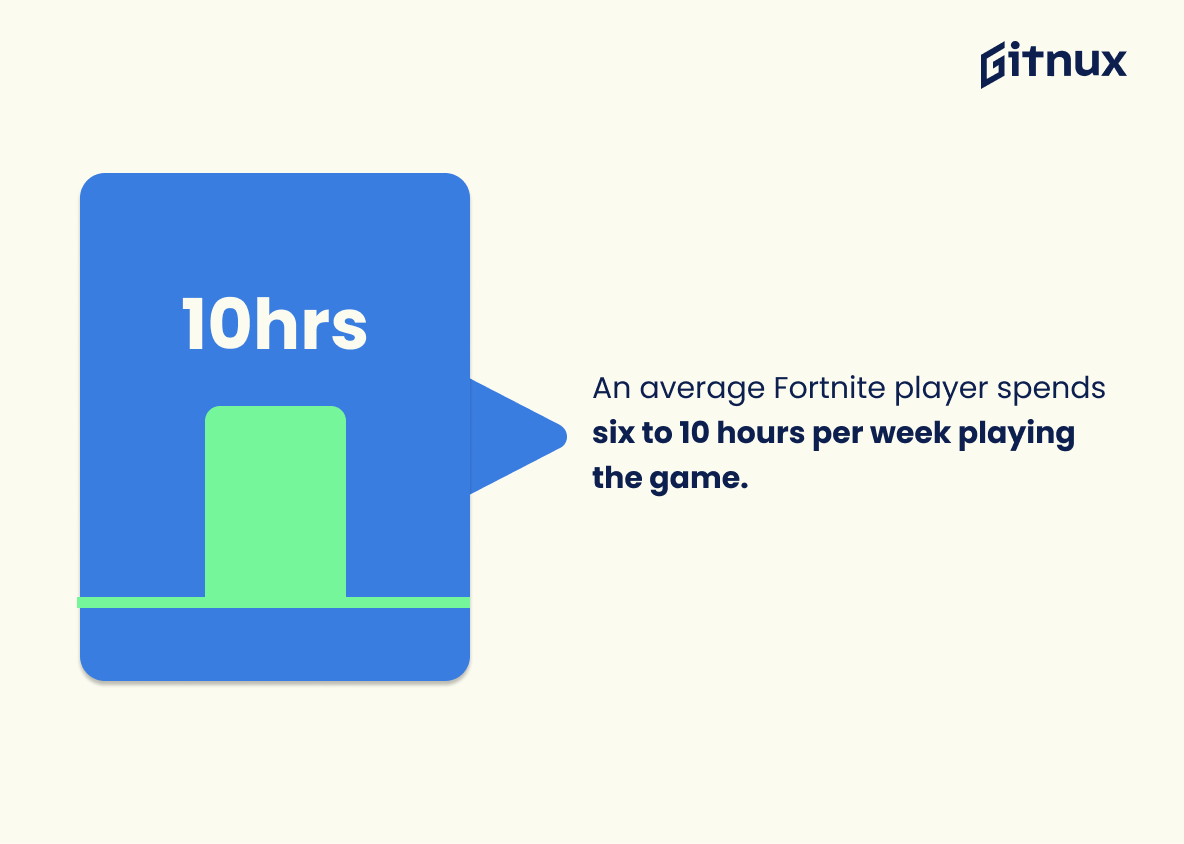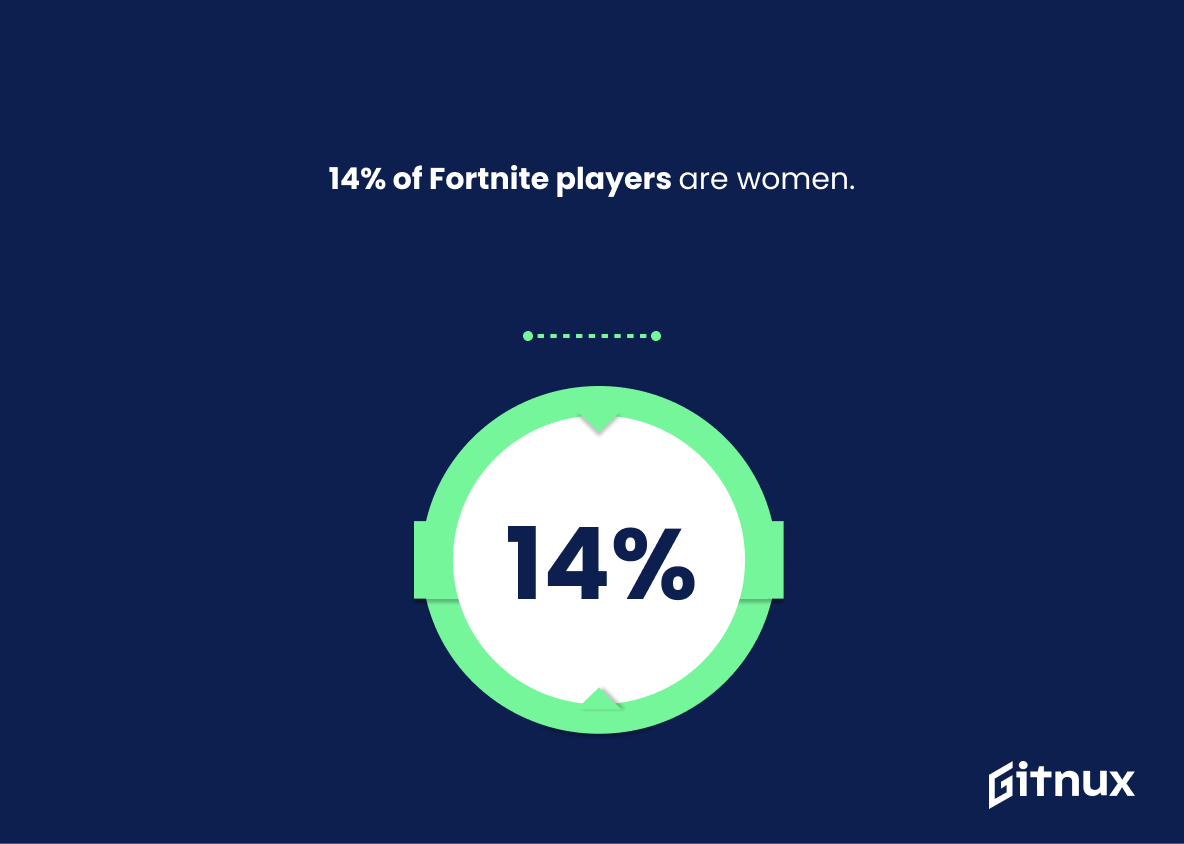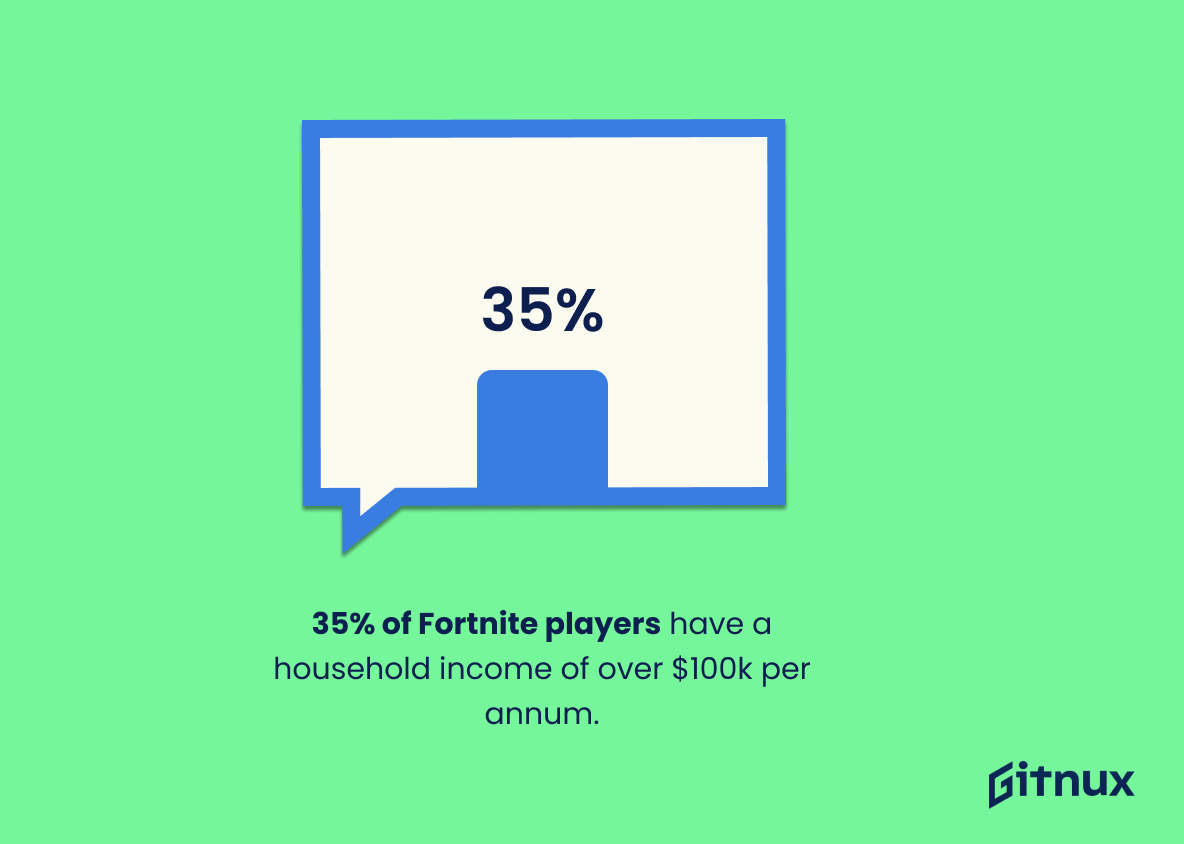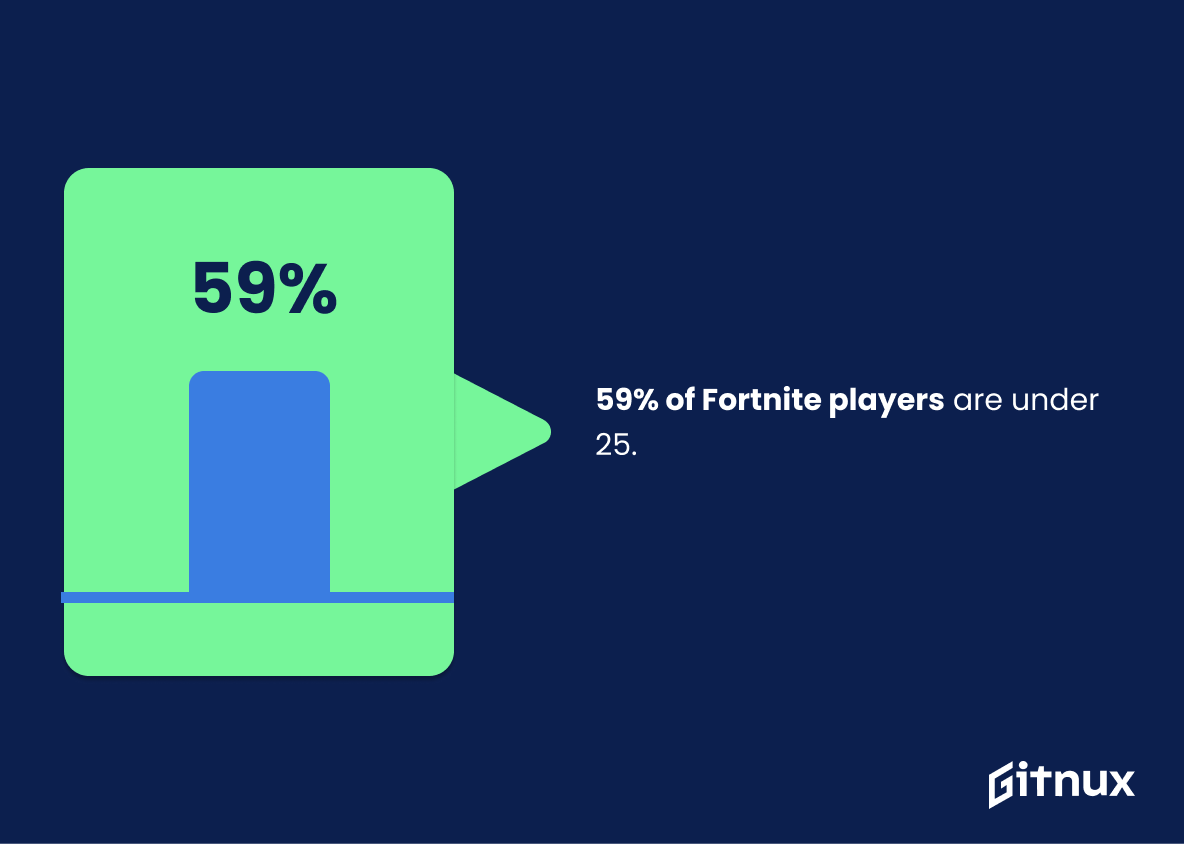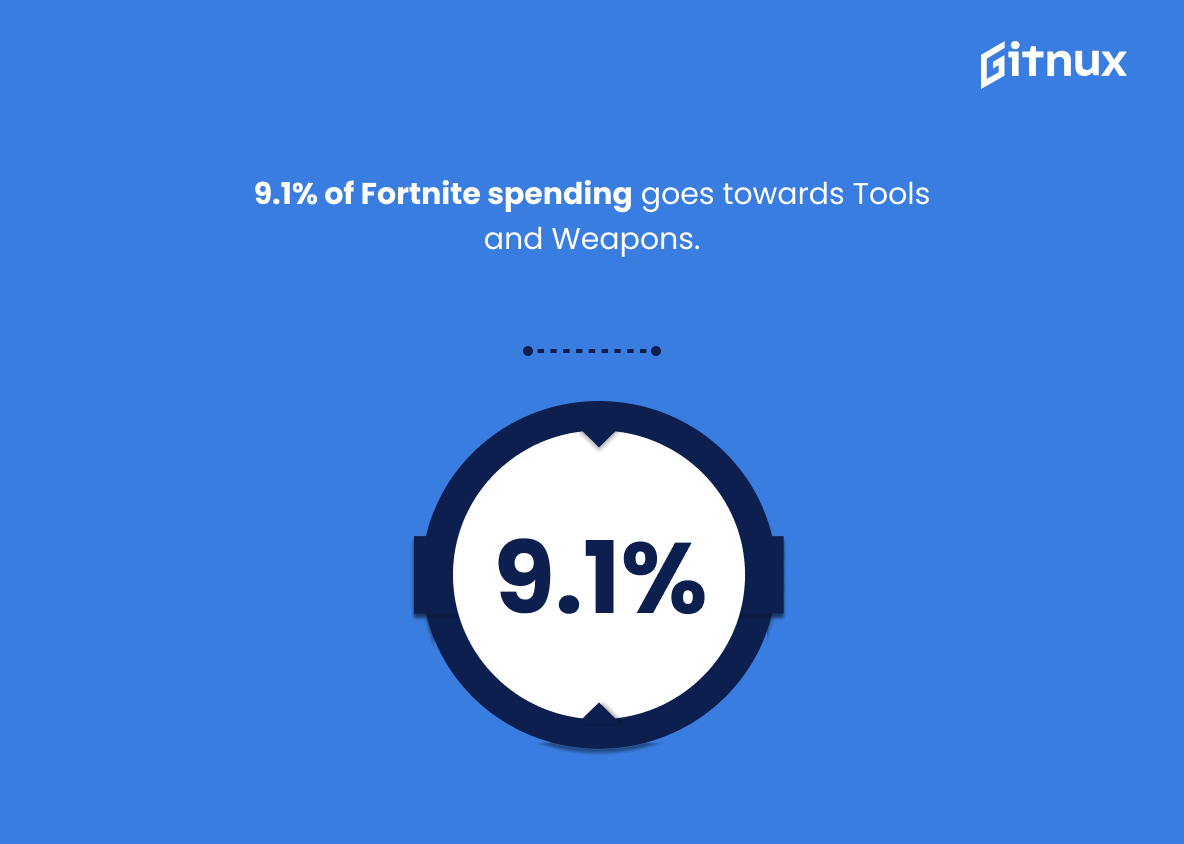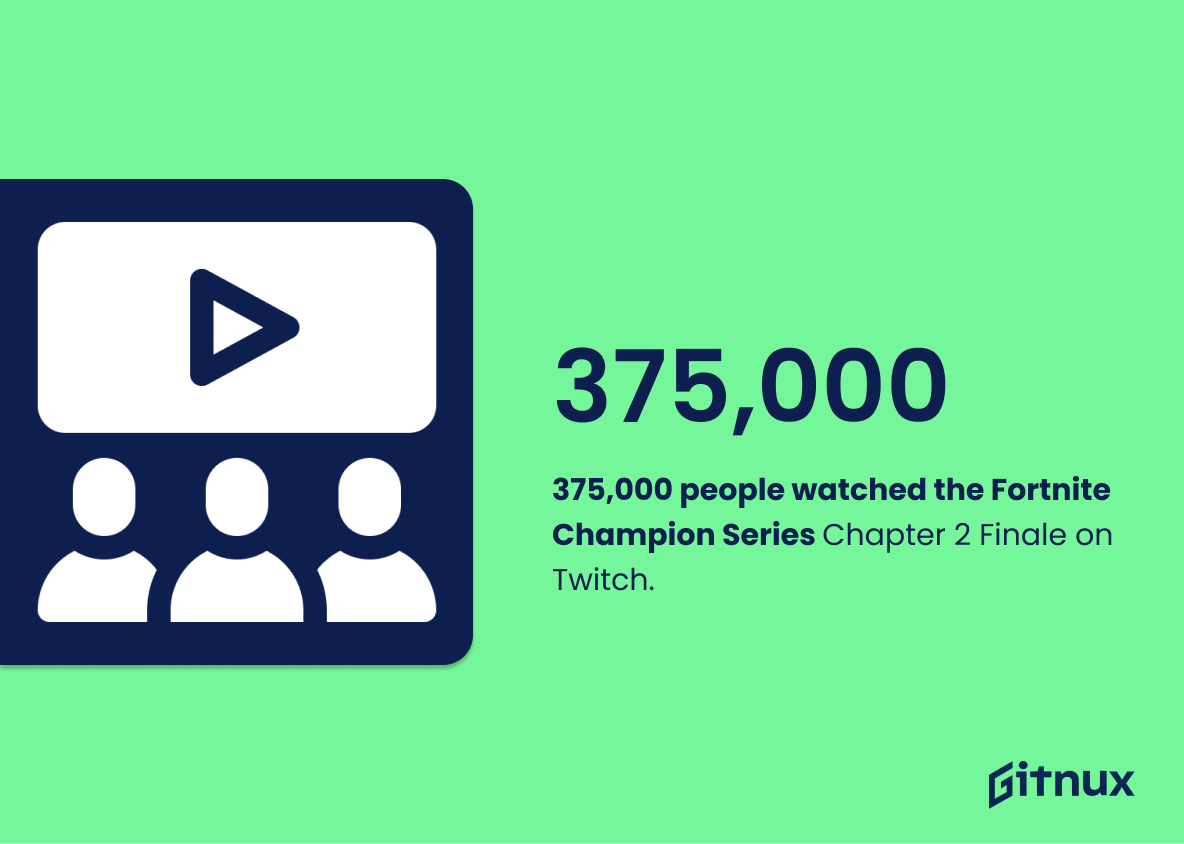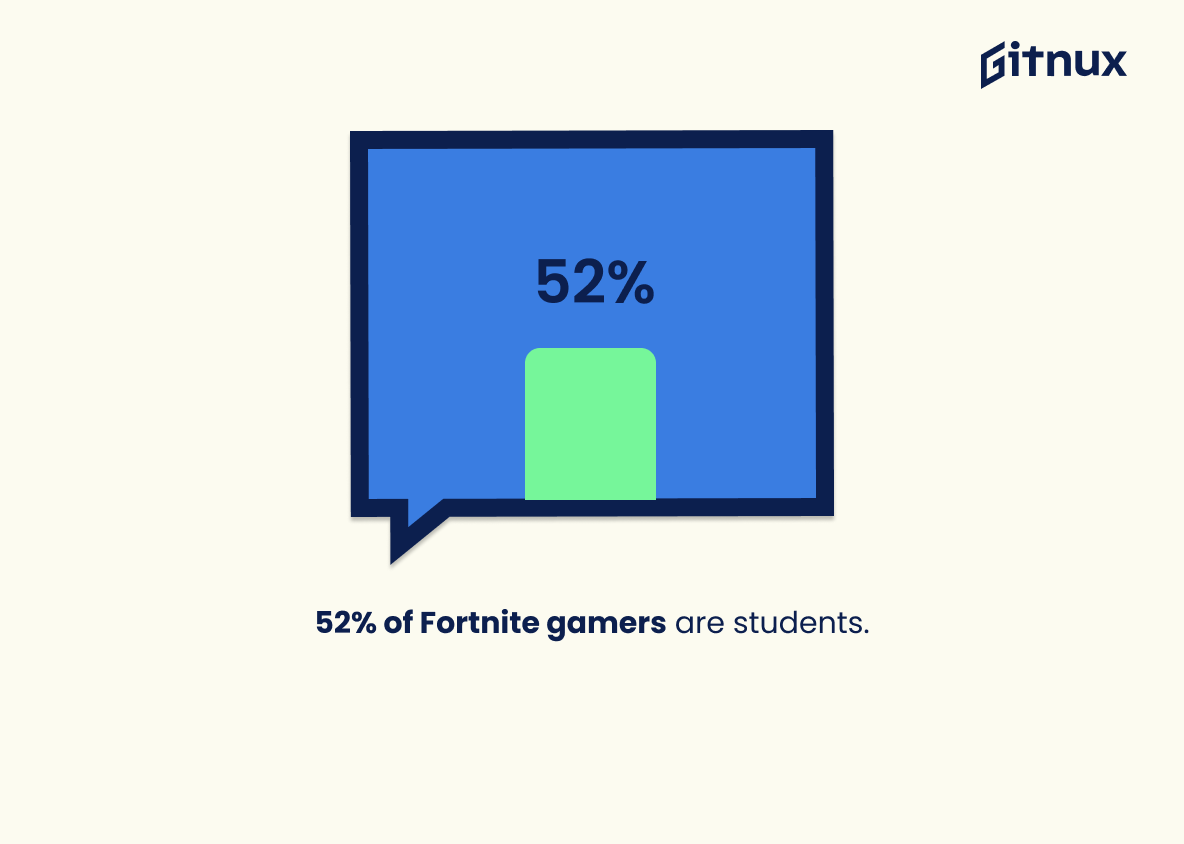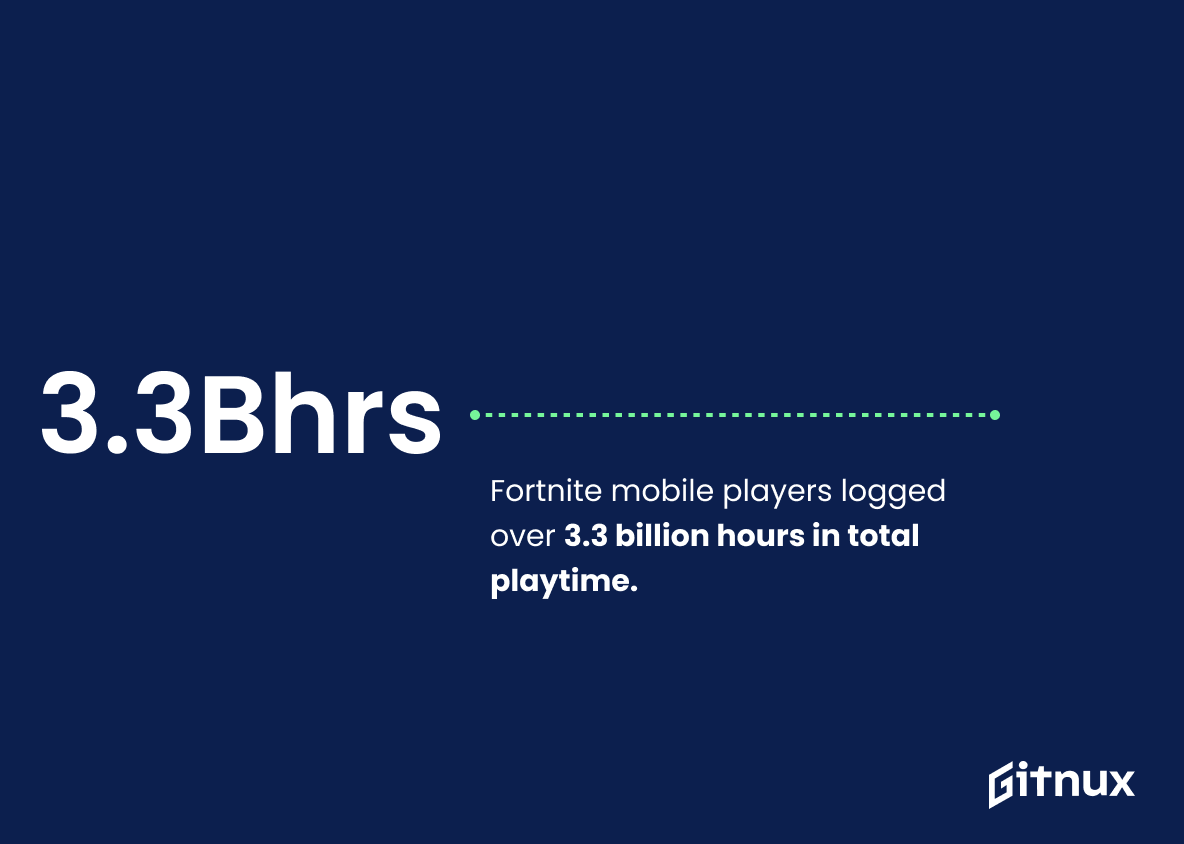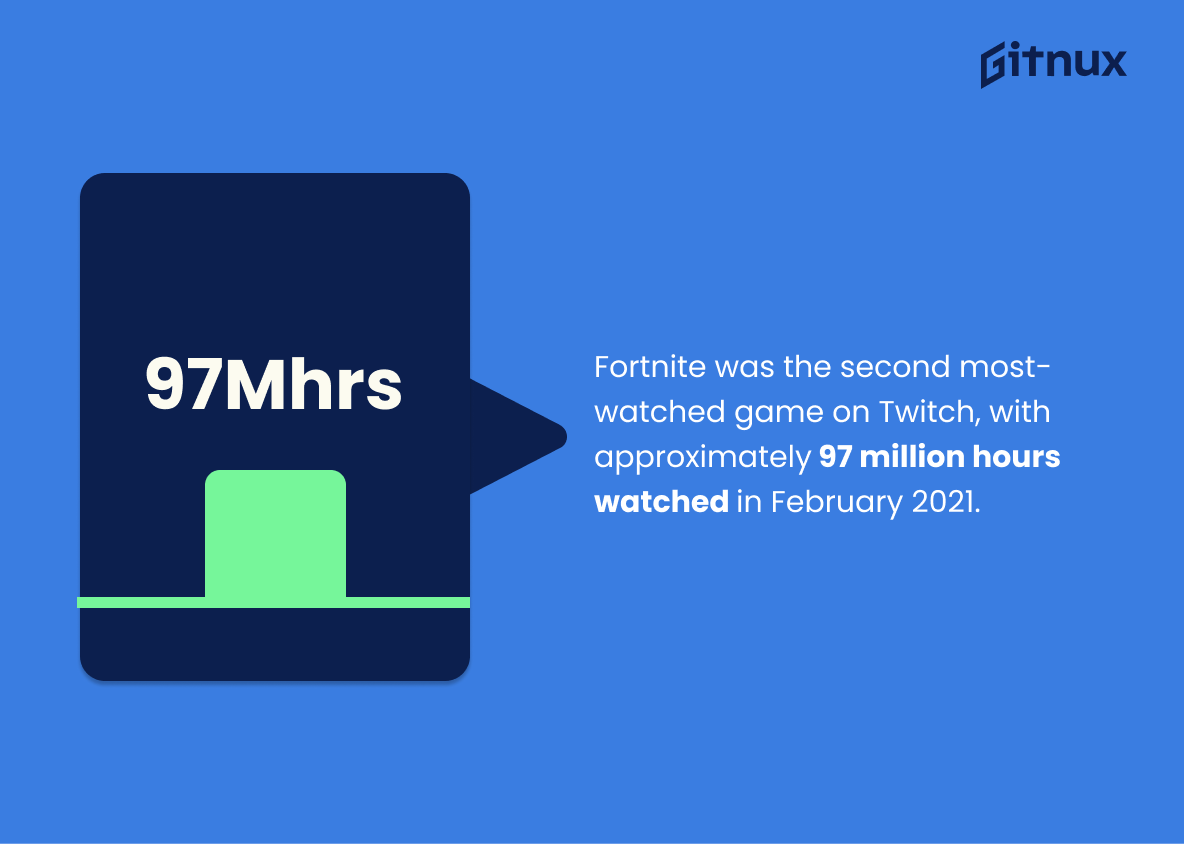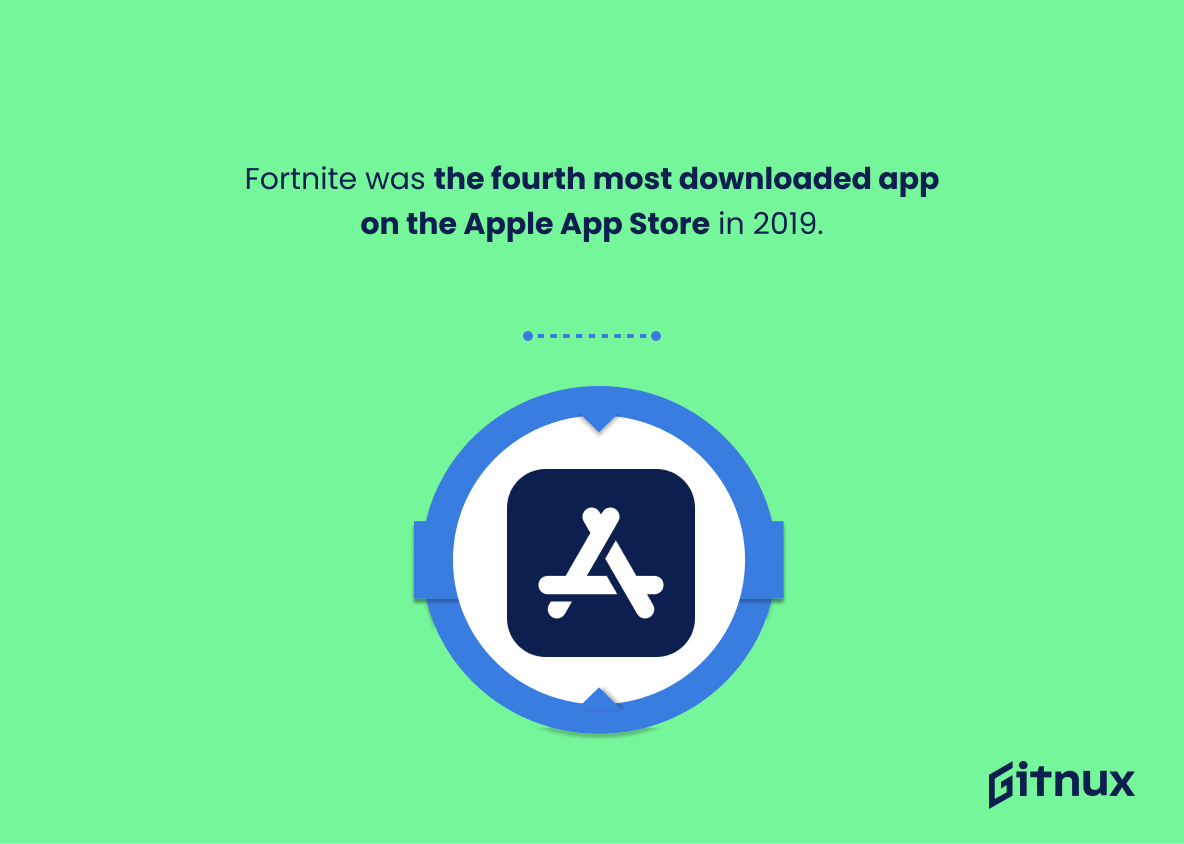In the dynamic world of online gaming, Fortnite has taken center stage, captivating millions across the globe with its thrilling blend of survival, exploration, and combat. Touted as one of the most popular games in recent history, there’s more to Fortnite than just victory royales and extravagant dances. Digging into the player statistics offers intriguing insights about the game and the people behind those colorful skins and towering forts. This blog post will unpack some intriguing Fortnite player statistics, revealing fascinating trends, shocking figures, and reflecting on the game’s global impact. Prepare to delve into the world of Fortnite like never before, where every player is a statistic, and each figure tells a new chapter in this game’s riveting narrative.
The Latest Fortnite Player Statistics Unveiled
As of 2020, Fortnite had 350 million registered users worldwide.
Undeniably, the colossal figure of 350 million registered users worldwide illuminates Fortnite’s ubiquitous reach and popularity. While exploring Fortnite player statistics in this blog post, such a statistic paints an engrossing canvas showcasing the game’s global resonance. In essence, it deciphers the significant interest and participation Fortnite has managed to garner, positioning itself as a powerful force within the gaming cosmos. This awe-inspiring figure implies the immense potential of the platform for continuous growth and prompts a deeper examination of player behavior and trends, pertinent to understanding the larger gaming landscape.
Out of all Fortnite players, 62.7% are aged between 18 and 24.
Shedding light on the allure of Fortnite among youth, the statistic reveals a compelling facet – an overwhelming 62.7% of all Fortnite enthusiasts hail from the spry age bracket of 18 to 24. This metric is pivotal, it is a testament to the game’s incredible resonance with the young adult demographic. It elucidates not only the age-stratified composition of the Fortnite community, but it is also indicative of possible tailoring of marketing strategies, engagement approaches and content personalization for developers and affiliated parties. In other words, understanding who plays Fortnite the most is opening doors to potential enhancements in user experience and business growth.
63% of Fortnite players have bought a virtual in-game item.
In the thrilling world of Fortnite Player Statistics, take a moment to sip on this intriguing factoid—63% of Fortnite players have gone beyond their ammo and quests and invested in virtual in-game items. This pulsating piece of data paints a rich image of how deeply engaged players are in fostering a unique virtual identity and game experience. It’s more than just numbers, it serves to unravel the economic potentials embedded in the Fortnite Universe, drawing a fascinating intersection between entertainment and commerce. Illuminate the gravity of this, this isn’t merely a game—it’s a lucrative marketplace.
An average Fortnite player spends six to 10 hours per week playing the game.
By delving into the bandwidth of players’ commitment, that hovers between six to 10 hours a week in the radiant, chaotic universe of Fortnite, we capture the pulse of addiction and zeal that surrounds this phenomenon. This numeric asset paints a realistic picture of the ‘time investment’ gamers are willing to make – a cue to the game’s interactivity level and its gravitational pull. This fact, thus, becomes a powerful hook to gauge user engagement, setting the tone for more granular insights in our blog post about Fortnite Player Statistics.
14% of Fortnite players are women.
In weaving the tapestry of Fortnite’s vibrant gaming community, the 14% representation of women players is a thread that cannot be ignored. It strikes a note of intrigue, challenging the common stereotype that the gaming world is a predominantly male domain. This percentage signifies a growing inclusivity in the world of Fortnite, heralding a new era where women are taking up space in the virtual world. It provides valuable insights for game developers, marketers, and the community as a whole, to further shape and tailor the gaming experience to make it more welcoming for female players. The statistic punctuates the blog post with a fresh perspective, spotlighting the diversity and evolving demographics of Fortnite’s player base. It demands that we rethink and reassess gender dynamics in gaming. Indeed, beneath the 14% statistic lies a world of opportunity for all Fortnite enthusiasts to grow and make the game a more inclusive space.
53% of Fortnite players are employed full-time.
Highlighting the fact that 53% of Fortnite players are employed full-time offers a vivid snapshot of the player demographics, shattering stereotypes that video gamers are predominantly unemployed or student-age individuals. It feeds into an intriguing narrative that adults with full-time jobs find time to immerse themselves in an engaging game such as Fortnite. Consequently, the statistic could provide an insightful talking point for understanding the appeal and the wide reach of Fortnite across different age groups and occupations. It may also influence potential marketing strategies, encouraging companies to tailor their promotions towards working professionals, given their presence in the Fortnite gaming community.
35% of Fortnite players have a household income of over $100k per annum.
Unveiling the veil from this intriguing fact — 35% of Fortnite players belong to households with an annual income surpassing $100K — paints a vivid image of the economic demographic partaking in the Fortnite frenzy. This translates to a broader understanding of the digital landscape.
Not confined to impulsive teenagers burning the midnight oil, a significant proportion of the Fortnite community is marked by financially well-positioned individuals. So, when understanding Fortnite player habits or deciphering market trends in a blog post about ‘Fortnite Player Statistics,’ this key detail offers valuable insight.
By knowing the higher income bracket of these players, companies can structure their marketing strategies, partners can determine potential collaborations, and fellow players can gauge their chances of in-game spending. Thus, this bit of information is an essential cog in the well-oiled machinery that Fortnite truly represents.
The average Fortnite player spends between $10 and $20 on the game per month.
Delving into the nugget of information that an average Fortnite player spends between $10 and $20 per month on the game provides fascinating insights into player investment. This numerical value doesn’t just represent an average spending amount, it tells a story. The figure portrays a captivating portrayal of player engagement. It shows a player’s commitment which isn’t merely limited to immense game hours, but also seeps into their pocketbooks, illustrating the game’s effective monetization strategies. Moreover, this financial indicator can be a beacon for game developers and marketers, helping them gauge the economic success of the game and strategize their future plans. The allure of Fortnite isn’t just in its vibrant graphics and immersive gameplay, but also in its ability to monetize fan engagement effectively, and these figures are a testament to that success.
59% of Fortnite players are under 25.
Highlighting that 59% of Fortnite players are under 25 offers a crystalline glimpse into the demographics that shape this gaming phenomena. It underscores how Fortnite resonates remarkably well with younger audiences, an interesting insight suggesting that the game’s visual style, spectrum of action, and interactive dynamics are well-tuned to the preferences and tastes of the youthful demographic. The surprising skew towards a younger player base can also indicate the potential trends in future development and marketing strategies in the gaming industry. Moreover, this statistic underscores the scope for further research into the effects of such games on this age group, from social interactions and gaming habits to related economic behaviors.
9.1% of Fortnite spending goes towards Tools and Weapons.
Shining a spotlight on the impressive 9.1% of Fortnite spending devoted to Tools and Weapons, provides a fascinating insight into player behavior and strategy in this massively popular online game. It highlights that a significant proportion of the financial investment within the game is channeled towards augmenting the competitive edge of players. This not only underscores the players’ commitment to enhance their gameplay, but also underscores the importance of the virtual economy in shaping the Fortnite landscape. Whether you’re a dedicated Fortnite player, or a curious observer, flourishing change within the game’s economic microcosm is clearly evidenced by this riveting fact.
375,000 people watched the Fortnite Champion Series Chapter 2 Finale on Twitch.
The hefty figure of 375,000 Twitch spectators tuning in for the Fortnite Champion Series Chapter 2 Finale isn’t just a number, it’s a testament to the game’s immense popularity and reach. This number clearly denotes the captivating appeal of Fortnite and its power to draw in a considerably large audience, providing concrete evidence of how keenly the gaming community follows the game’s major events. As this post explores statistics related to Fortnite players, taking into account such a high viewership number can give added depth, putting into perspective the scale at which these players perform and the widespread influence they command. This magnitude of viewers also emphasizes the colossal podium the Fortnite Champion Series offers to the players, highlighting their stature in the game’s community.
52% of Fortnite gamers are students.
Highlighting that over half of Fortnite gamers are students paints a vivid picture of the game’s demographic landscape. This insight may shape the marketing strategies of companies aiming to reach this age group. Further, it underlines the role of Fortnite in students’ lives, potentially influencing study habits, social interactions, and leisure time activities. Consequently, this understanding could spark discussions about the game’s role in education, health, and social development. The statistic is valuable for advertisers, educators, parents, and even Fortnite’s developers themselves, providing a crucial piece of the puzzle in comprehending the game’s societal impact.
Fortnite mobile players logged over 3.3 billion hours in total playtime.
Unveiling such a staggering figure clearly underscores the hypnotic grip Fortnite has over mobile gaming enthusiasts around the globe. Drawing a mammoth total of over 3.3 billion hours in playtime illuminates the game’s unrivaled engagement and addictiveness. This number not only just stands as testament to the game’s global presence but also could be leveraged by marketers to strategically target this captive, highly-engaged audience. These vital insights concerning time investment can provide valuable input in understanding player dedication, optimizing in-game events and enhancing user experience, thereby lending a perpetual edge to this wildly popular game in the fiercely competitive mobile gaming landscape.
Fortnite was the second most-watched game on Twitch, with approximately 97 million hours watched in February 2021.
Analyzing the staggering figure of 97 million hours watched for Fortnite on Twitch in February 2021 illuminates the game’s robust popularity and player engagement essence. Anchored in its second-place position for most-watched game, this analytical bedrock elucidates Fortnite as a noteworthy digital watering hole, where players and spectators gather in large volumes. In an article delving into Fortnite Player Statistics, this intriguing data point can punctuate the narrative, highlighting that audiences aren’t just enthusiastically playing Fortnite, they’re investing millions of hours in watching others navigate the battlefield. This spectacle of commitment marked over a single month stands as testament to the game’s both enduring allure and potential for growth. In the realm of player statistics, this viewing time not only layers the conversation about audience interaction, but widens the landscape to consider the game’s impact in shaping online entertainment behaviors and preferences.
Fortnite was the fourth most downloaded app on the Apple App Store in 2019.
This intriguing fact can illuminate the immense popularity and omnipresence of Fortnite, not just within the gaming community, but also in the wider digital sphere. As we dissect the realm of Fortnite and its user behavior, we cannot overlook the near ubiquity of this game in 2019, as evidenced by it being the fourth most downloaded application on the Apple App Store. Its relevance and appeal stretch far beyond dedicated gamers and encompasses a large cross-section of Apple users. Including this statistic in a blog post about Fortnite player statistics introduces readers to the sweeping popularity of the game, setting the stage for a nuanced understanding of its player dynamics and trends.
Fortnite was the second highest-earning game on mobile in 2019, earning $1.3 billion globally.
In painting a powerful picture of Fortnite’s gargantuan presence in the realm of mobile gaming, there’s no better color to dip the brush than its glittering 2019 revenue accomplishment. Standing tall as the second highest-earner, raking in an awe-inspiring $1.3 billion globally, casts a spotlight on the game’s profound appeal and acceptance around the globe. This figure not only signifies tremendous financial achievement but indirectly alludes to the countless players engaged in the game, cementing Fortnite’s position in the pantheon of mobile gaming giants. In the grand canvas of Fortnite Player Statistics, this is a resplendent detail that justifies a royal frame.
Only 5.5% of Fortnite players are over 45 years old.
Uncovering the demographic nugget that a mere 5.5% of Fortnite players are above the age of 45 serves as a striking revelation in our exploration of Fortnite player statistics. It emphasizes how the game predominantly resonates with a younger audience, tapping into this age group’s fluency in modern technology, love for dynamic entertainment and affinity for virtual social interaction. This low percentage also prompts a deeper investigation into the factors that may discourage a more mature audience from engaging with the game. The potential reasons could stem from the game’s animated theme, complex gameplay mechanics or the time commitment it entails – elements that may not appeal to the over-45 demographic. This subtle age-based anomaly highlights compelling insights into the game’s design, its market reach, and the ongoing evolution of player demographics in digital gaming.
Conclusion
In closing, Fortnite’s player statistics are a true testament to its global popularity and influence in the gaming world. The diverse demographics and playing trends underscore how it has expertly combined elements of competition, creativity, strategy, and social interaction to captivate players of all ages and skill levels across continents. As the Fortnite landscape continues to evolve and expand, tracking these statistics becomes even more crucial for understanding its continued impact and effectively capitalizing on its marketing potential. Whether you’re a player aiming to improve your game, a parent trying to understand your child’s fascination, or a marketer seeking entry into this massive user base, these statistics provide valuable insights into the vigorous virtual universe of Fortnite.
References
0. – https://www.www.statista.com
1. – https://www.escharts.com
2. – https://www.sensortower.com
3. – https://www.influencermarketinghub.com
4. – https://www.lendedu.com


